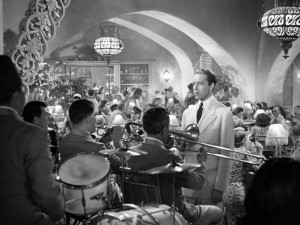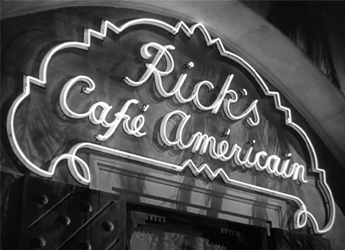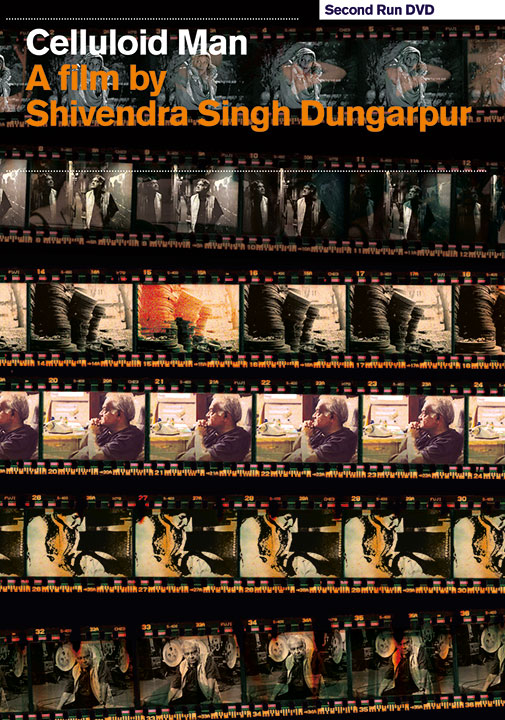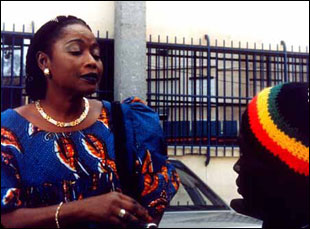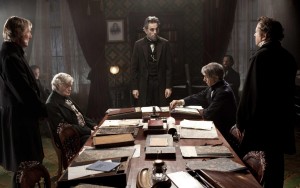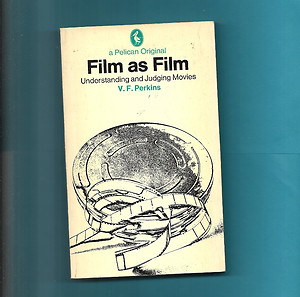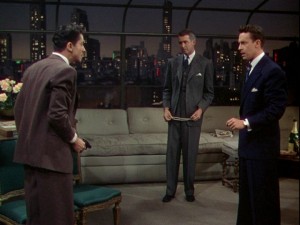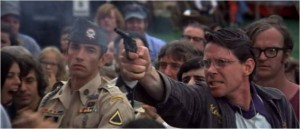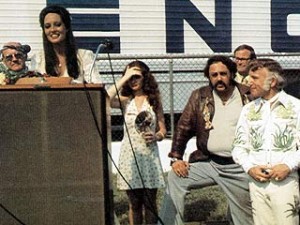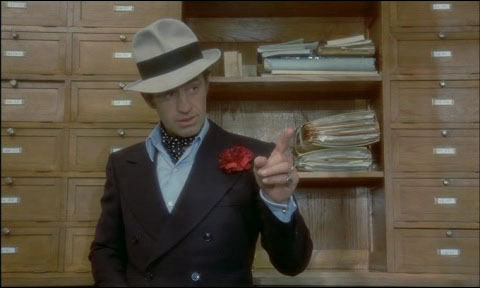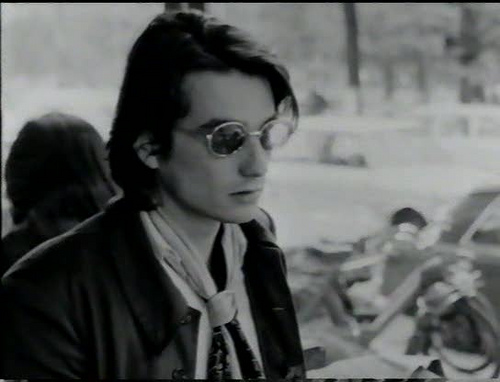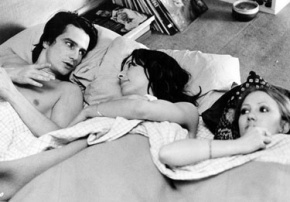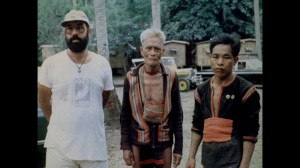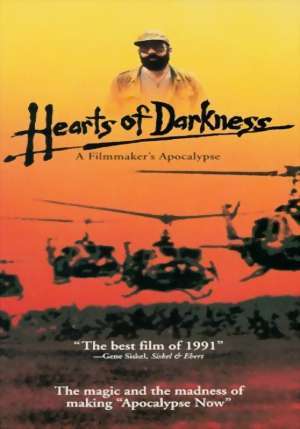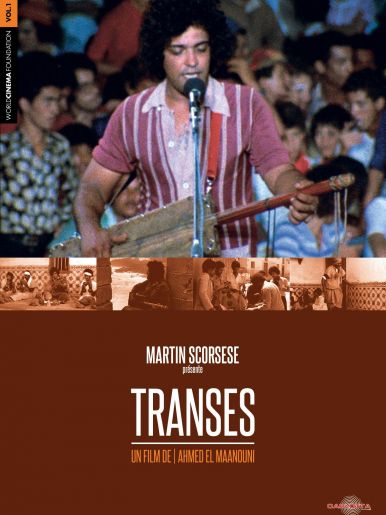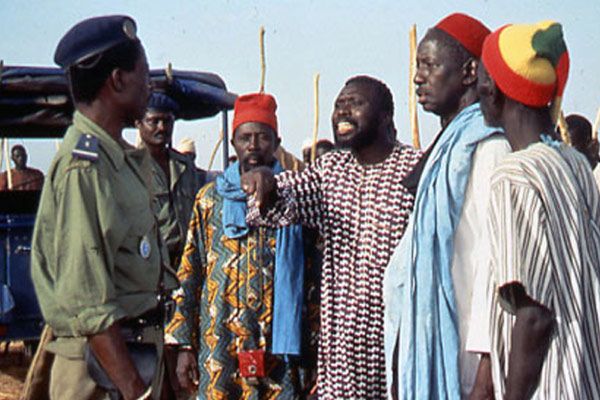From the Bard Observer, March 30, 1964. The greatest teacher I’ve ever had, by far, was Heinrich Blücher, the husband of Hannah Arendt, who taught for many years at Bard College, and this was one of the two pieces of mine in the Bard Observer that he made a point of telling me that he liked. (The other one was an extended personal report on the Montgomery March that had appeared the previous spring.) From my present vantage point, I think this may have been my first really serious film review. I’ve done a light edit on it while transcribing it. -– J.R.
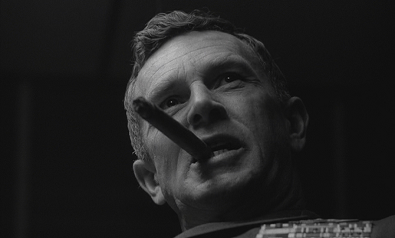
“Doctor Kubrick”: or How I Stopped Worrying and Learned to Love the Movie
By JON ROSENBAUM
The story is from Peter George’s Red Alert….A crazy American general sends a squadron of nuclear bombers to get in a first strike at Russia; after frantic efforts and unspeakable confusion, the American President manages to recall or have destroyed by the Russians all but one; this gets through and drops its bomb, which triggers off a nuclear death belt the Russians have secretly contrived; the picture ends with the world due to follow shortly.
— from a review of Dr. Read more

